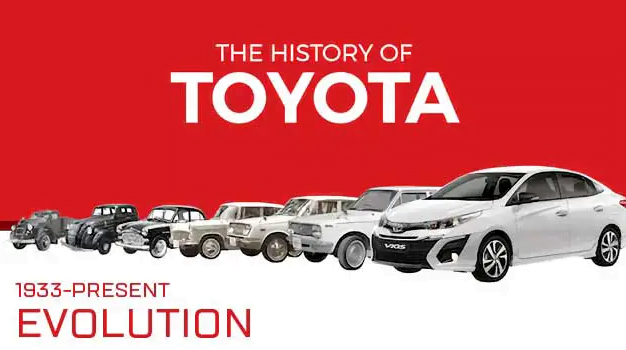A Culture of Contradictions
Due to the fact that Toyota lacks all of the characteristics of a profitable business, most outsiders find it impossible to understand. It actually shares many similarities with a collapsing or inert giant. Toyota hoards capital and pays comparatively low dividends, both of which are indicative of inefficiency.
Toyota paid out just 20% of revenues in dividends on average between 1995 and 2006. For example, its 2006 payout of 21.3% lagged well behind (the then) DaimlerChrysler’s 47.5% but was comparable to smaller competitors like Nissan’s 22.9% and Hyundai-Kia’s 17.4%. It had amassed $20 billion in cash at the same time, prompting some experts to refer to it as Toyota Bank.
Toyota Moves Slowly, Yet It Takes Big Leaps
For instance, the business progressively began producing in the US. It started in 1984 when it established New United Motor Manufacturing, a joint venture with General Motors, in Fremont, California. Four years later, it constructed its first plant in Kentucky. But the 1997 introduction of the Prius in Japan marked a significant advancement. Much earlier than competitors, Toyota developed a hybrid engine that combined the efficiency of an electric motor with the power of an internal combustion engine.
Toyota Grows Steadily, Yet It Is A Paranoid Company
Although the company was on the verge of bankruptcy in the early 1950s, it has steadily increased its sales and market share over the last 40 years. Senior executives consistently reinforce concepts like “Never be satisfied” and “There has to be a better way” despite this remarkable stability. “Reform business when business is good,” was a favorite quote of previous chairman Hiroshi Okuda. Watanabe also likes to emphasize that “No change is bad.”
Forces of Expansion
Every organization has a consistent refrain: “This is how we do things here.” Standardized procedures lead to increased efficiency. Eventually, though, those approaches can make it harder for new concepts to be adopted. Toyota keeps stiffness at bay by making staff members consider ways to expand into new markets, consumer groups, and geographical areas as well as ways to meet the challenges posed by rivals and innovative concepts and procedures.
Read More | Toyota Venza 2024: Redefining Luxury & Sustainability
Looking Ahead
As Toyota looks to the future, its commitment to innovation and sustainability remains unwavering. With plans to expand its lineup of electrified vehicles and invest in autonomous driving technology, Toyota is poised to shape the future of mobility in profound ways. Whether it’s through groundbreaking new models or advancements in existing ones, one thing is certain: the legacy of Toyota cars will continue to drive us forward for generations to come.
Conclusion
In conclusion, the history of Toyota cars is a testament to the company’s relentless pursuit of excellence and innovation. From its humble beginnings to its status as a global automotive powerhouse, Toyota has consistently raised the bar for what’s possible in the world of cars. As we eagerly anticipate the arrival of new versions and advancements, one thing is clear: the future of driving looks brighter than ever with Toyota leading the way.
